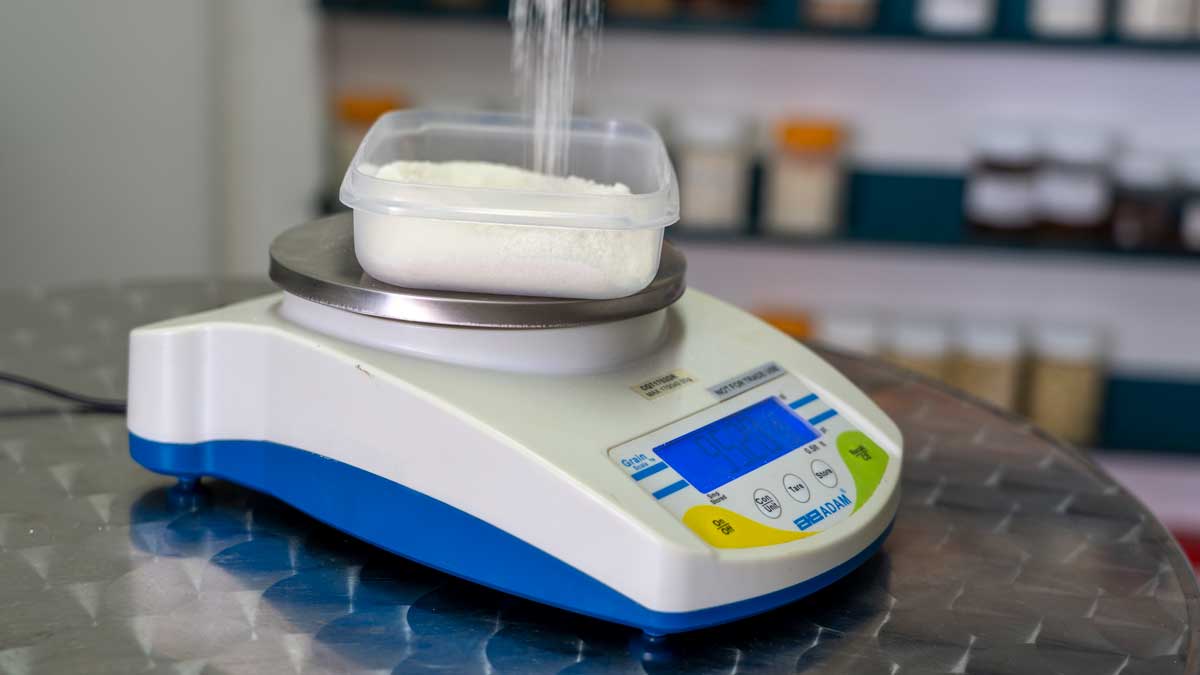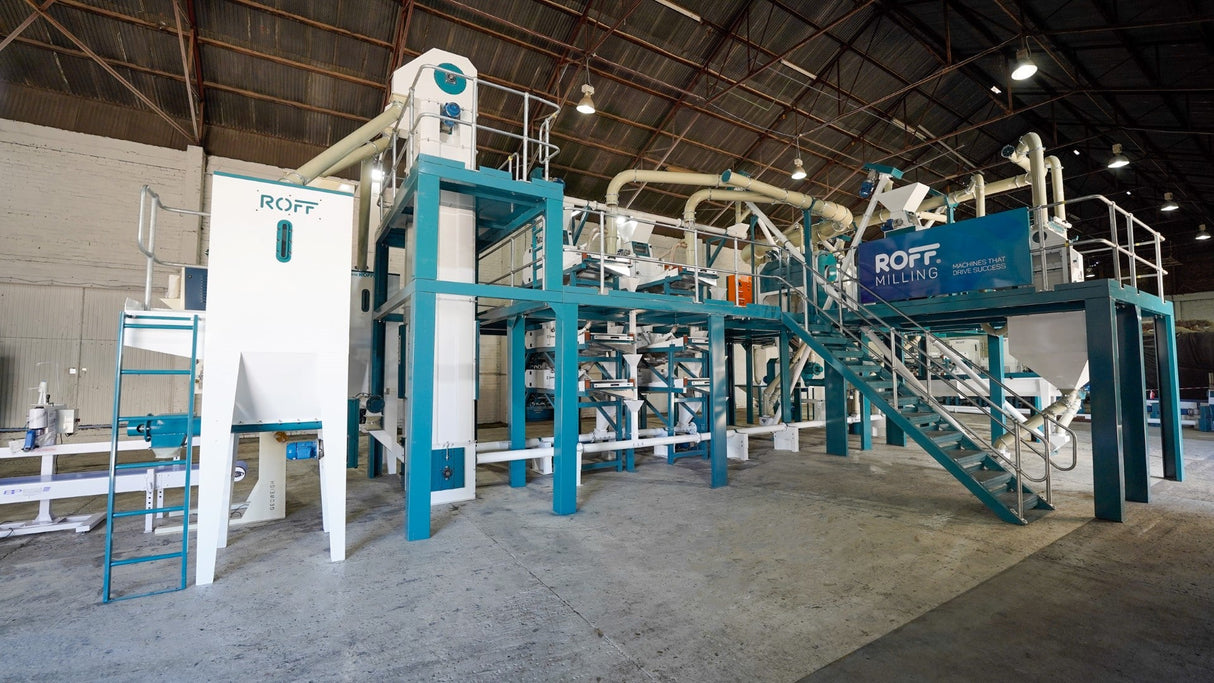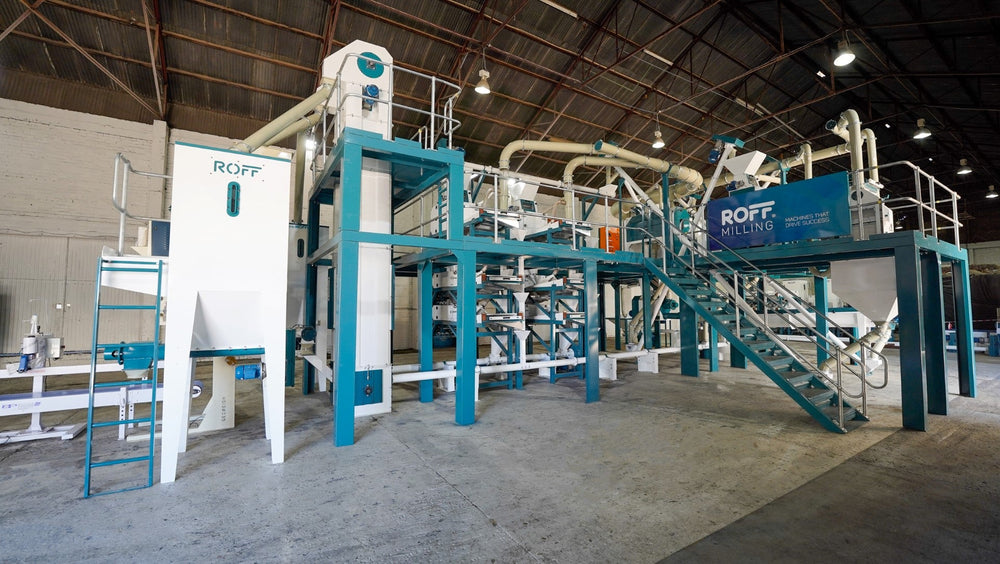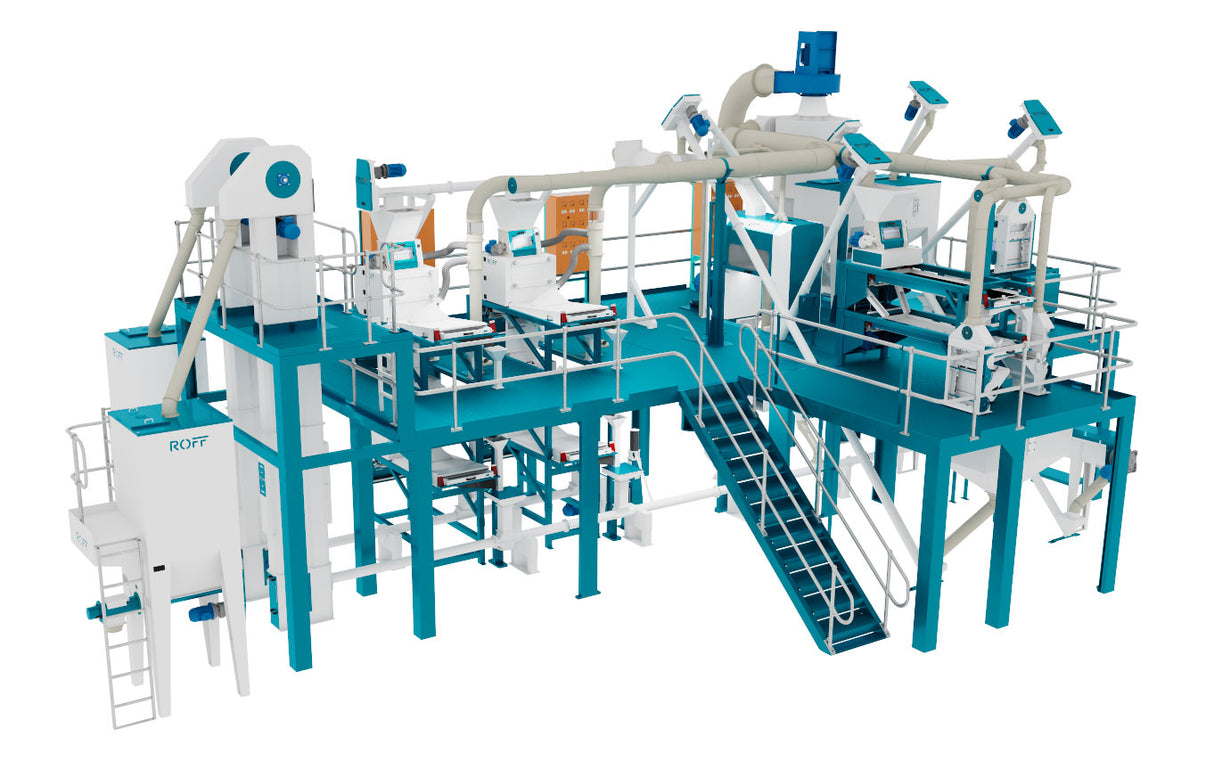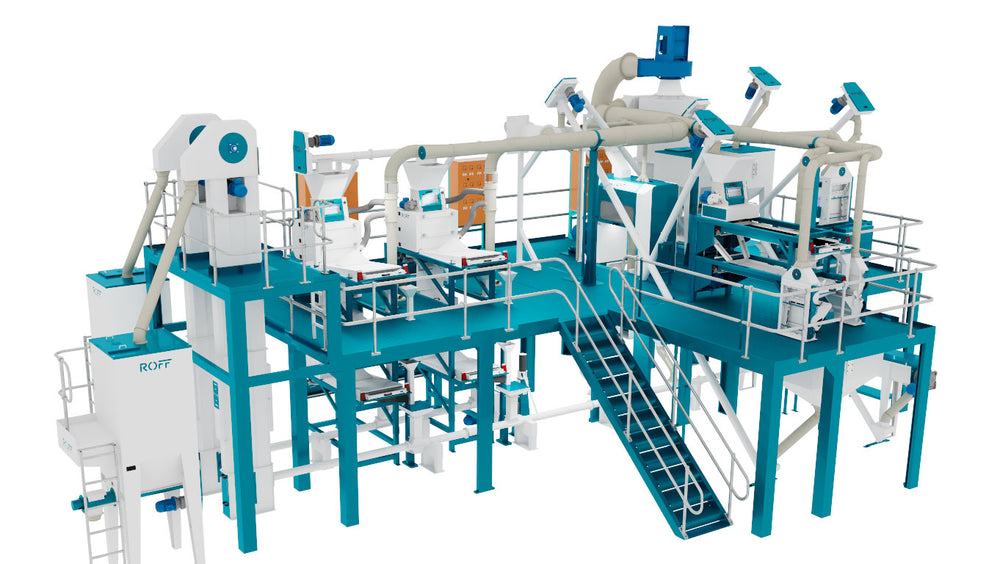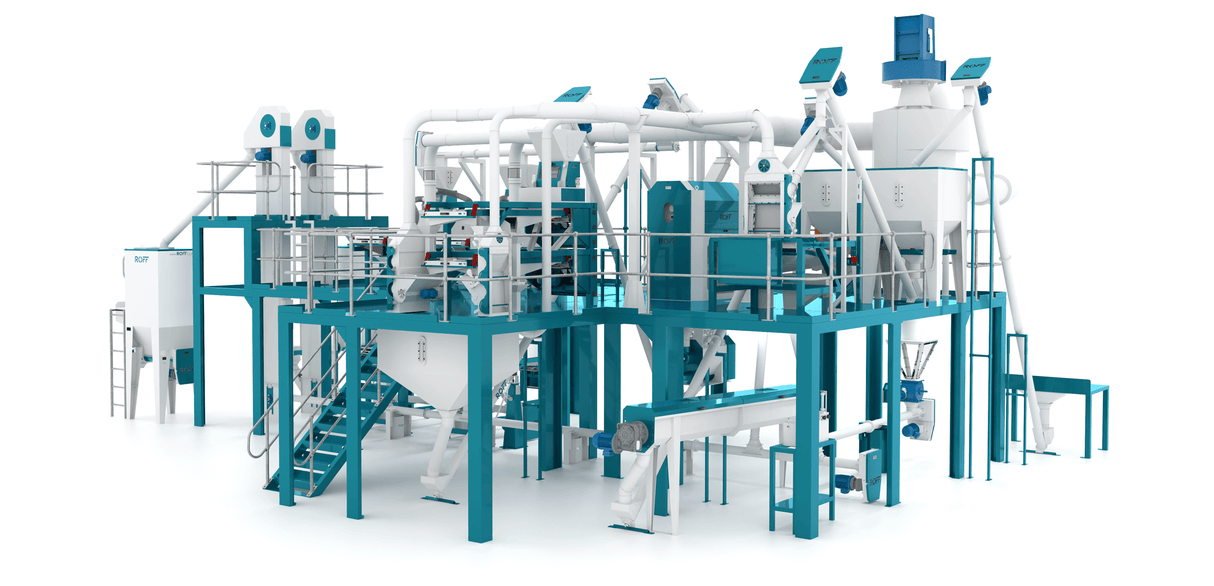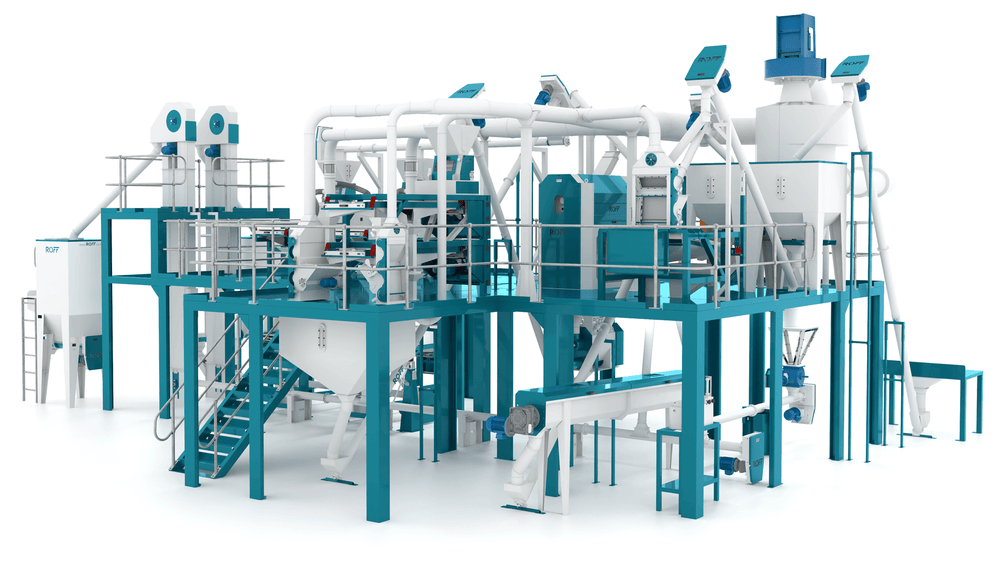Grain producers have always been committed to delivering quality products that are safe for consumers.
But in recent years, government regulations and customer demands necessitate more documentation and the certification of proper food safety practices.
And with good reason – one only has to think back to the devastating listeriosis outbreak in South Africa, the world’s largest to date, from January 2017 to July 2018. Of the 1 060 laboratory-confirmed cases of listeriosis reported by the National Institute of Communicable Diseases (NICD), 216 deaths were recorded.
Hazard Analysis and Critical Control Points (HACCP) programs are intended to ensure that product safety requirements in the food industry are met, so that hazards like listeriosis outbreaks never occur.
While defining and implementing a HACCP program is a challenging task, it can be achieved with the right commitment from the maize miller and his team.

Did you know?
In the early 1960s, NASA needed to source food for the space program that was 100% safe to be consumed by astronauts. This led Dr Howard Bauman, working at the Pillsbury Company at the time, to develop a program that would go beyond sampling and testing end products, but would monitor and control the process by which the products were produced to ensure safe food.
HACCP was created to be a comprehensive program controlling the people, process, materials, environment, packaging and distribution involved in the food production process. Over the past few years, HACCP has gained more attention as the globalisation of the food industry continues and consumer perceptions, concerns and expectations for safe food have increased.
Defining a HACCP program
Food safety hazards are properties or contaminants that may cause food to be unsafe for consumption and are defined in three general categories:
- Physical
- Chemical
- Biological
Key to defining critical control points for a HACCP program is to understand and define non-hazards. Product quality characteristics such as protein content or moisture are not critical control points. Insect damage or the presence of most insects in grain is not a critical control point. These qualities and contaminants are not desirable in a quality product, but would not cause illness or harm if consumed.
- Physical hazards are defined into two classes: size and unexpected material. Size hazards are restricted to materials larger than 7mm and smaller than 25mm. Contaminants smaller than 7mm are considered too small to be hazardous, while it’s assumed that items larger than 25mm are unlikely be placed into the mouth. In the mill, metal, glass, ceramics, wood, and brittle plastics are contaminants that should be addressed in a comprehensive program.
- Chemical hazards can be naturally occurring or chemicals added either intentionally or unintentionally. Naturally occurring chemical hazards include mycotoxins that may be produced from moulds that occur in the field or during storage, or naturally occurring toxins from plant material. Intentionally added chemicals to the product may include flour additives or potential food allergens, such as soy or peanut products. Methods of monitoring, labelling and preventing the addition of ingredients to exceed beyond the maximum allowed levels are important. Non-intentional chemical contaminants range from cleaning chemicals used in the employee lunchroom to pesticides and herbicides potentially used in the production of the maize.
- Biological hazards have been a major focus of the new regulations. Biological, specifically microbiological, contaminants come in several forms. Many are naturally occurring moulds, yeasts and bacteria in the grain field. In the field, before the grain is harvested, the grain is exposed to insects, birds and other pests that can potentially leave behind bacteria. This is not a new development, but one that has to be included in a food safety program.

Also read Roff’s series of blogs on infestation control at the maize mill to address insect, rodent and bird infestation.
Creating a HACCP program
The hazards listed above are not all critical control points for a food processing facility. In most facilities, an effective HACCP program includes only two or three critical control points (CCPs). Most food safety concerns can and should be addressed by prerequisite programs: proactive prevention programs that minimise the potential for the finished food product to be exposed to contaminants.
Prerequisite programs include, but are not limited to:
- Sanitation and environmental monitoring, good manufacturing practices (GMPs) and integrated pest management (IPM) programs.
- Quality assurance programs may address ingredients, customer complaints and traceability requirements.
To create a new HACCP program for a facility can be an overwhelming task. One approach is to divide the task into manageable parts by evaluating, improving, and if necessary, implementing the prerequisite programs first.
The seven HACCP principles that must be followed when evaluating the food production process and creating a HACCP program are:
- Conducting a hazard analysis of the process
- Identifying critical control points
- Establishing critical limits
- Establishing monitoring requirements
- Establishing a corrective action plan for deviations from the HACCP plan
- Establishing procedures for verification of the HACCP system
- Having a recordkeeping system to document the HACCP system
Implementing A HACCP program
Implementing a successful HACCP program is a team effort. The HACCP team should be a multi-disciplinary group that has a complete understanding of the process and complete control to make the necessary changes required to implement a HACCP plan.
When conducting a hazard analysis of the process, it is important to go through the process step by step and necessary to only evaluate food safety concerns. The acronym ICE is useful in the review and identification process. Does the process step:
- Introduce or intensify a hazard?
- Control or prevent a hazard?
- Eliminate or reduce a hazard?
Once the analysis is complete, the next challenge is identifying appropriate critical control points without identifying too many. Two important things to consider are: a CCP must be a process point and it must be the last opportunity to eliminate or reduce the hazard to an acceptable level.
For example: A common over-identification of a CCP is magnets and metal detectors. A mill may have several magnets in the processing flow to help prevent equipment damage and improve food safety. However, only the final magnet or metal detector in the packing flow should be considered a CCP. All others are important control points and should be regularly monitored by a prerequisite sanitation or quality assurance program.
Existing regulations, customer requirements and scientific data should all be considered when establishing critical limits and monitoring requirements for a HACCP program. Monitoring requirements must be tested through a deliberate sequence of observations to confirm the hazard is under control and to verify the effectiveness of the CCP in the future.
A corrective action plan for a CCP must include procedures to follow in the case of a deviation from the control limits set. This plan should also include the procedures to isolate the potentially contaminated product, investigation and correction of the cause of the deviation and the process to dispose of the contaminated product. It’s essential that every employee knows what to do in the case of a deviation. Inaction or the wrong action could result in more product being contaminated and a greater loss to the company.
Verification of the individual points of the HACCP program is the most important step of the program implementation. The verification activities must be completed by a supervisor or manager overseeing the individuals conducting the monitoring activity. Verification includes, but is not limited to, the testing and calibration of the tools required to monitor the CCP, observing the employees monitoring the process and documenting the observations.
The final piece of an effective HACCP program is the recordkeeping system. Documentation for the monitoring, verification, deviations and corrective actions must be maintained as part of the program documentation. The procedures, location and guidelines for retaining both samples and records are the basic components of a recordkeeping system.
Once complete, the HACCP program is compiled into a complete HACCP manual. The HACCP manual supports the program and is complete with all the CCPs, deviation plans, samples of deviation reports and company contact information.
Once the HACCP program is complete, the task of the HACCP team is not complete. A good HACCP program is frequently reviewed and improved. Once certified, the critical control points should not be changed, unless significant changes to the process are made. However, as personnel on the team change, the HACCP manual has to be updated.
The HACCP manual should be a working document used in training of plant personnel as well as educating customers of the importance of food safety to the company.
The creation and implementation of a HACCP program is an enormous task but vital in the current food processing industry. By breaking the program down into manageable pieces of establishing prerequisite programs, evaluating of the critical points of the process and identifying control for critical points, the task of launching an effective plan becomes much more achievable.
Sources:
- World-Grain.com: Implementing a HACCP program

